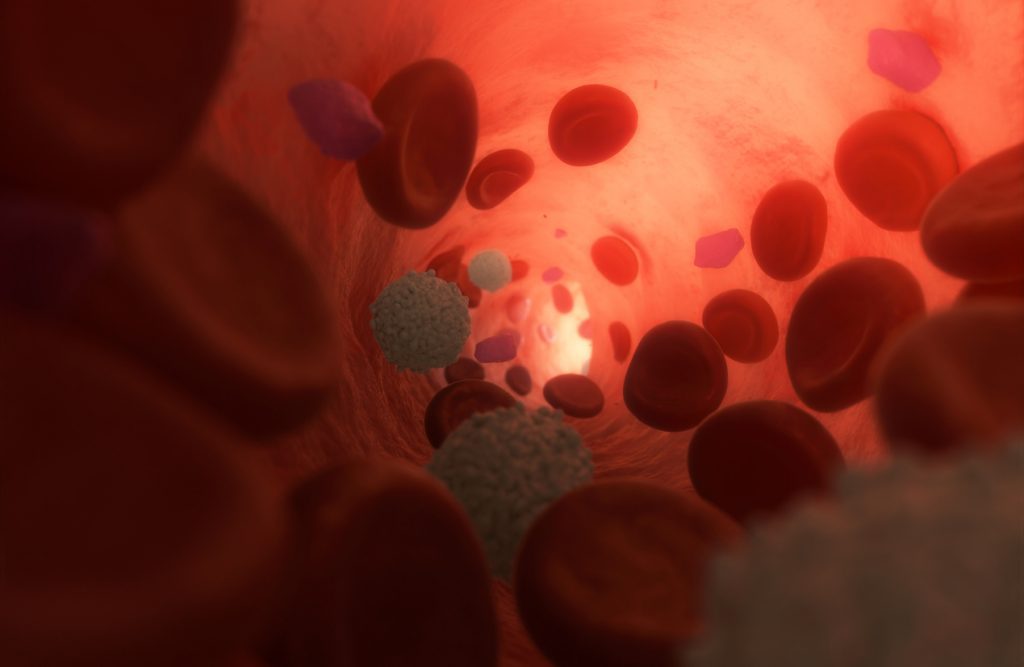Platelet-rich plasma (PRP) therapy is a treatment in which platelets, blood cells that play a crucial role in wound healing in the body, are introduced into a part of the body that’s injured or causing pain to facilitate healing.
Although your own platelets are used in the procedure, PRP therapy is different from your body’s natural healing process. The platelets extracted from your blood are reintroduced back into the body in concentrated form, which can help induce rapid healing, even at the site of old injuries.
But how does PRP therapy work, exactly? Here’s what you need to know about this type of regenerative medicine.
Platelets Contain Unique Healing Elements
Platelets help encourage healing because they contain compounds called growth factors. In fact, there are over two dozen different growth factors that exist in platelets, and they each play various functions. Some stimulate new tissue growth, others help blood vessels grow, heal wounds and even create new muscle tissue.
When platelet-rich plasma is injected into an area that has previously had an injury, or has a current injury, it can help encourage new tissue growth and healing, which can repair tissue damage that causes pain and inflammation.
PRP therapy can also be used to help people heal after a surgery or another procedure. For patients that qualify, PRP can potentially help heal tendon and muscle injuries, and even arthritis and bone fractures. As research about PRP therapy is ongoing, it’s likely we’ll see even more applications of this type of regenerative medicine in the future.
PRP Therapy Offers Low-Risk Benefits
Since your body’s own platelets are used, using platelet-rich plasma to encourage healing is a low-risk procedure. However, it may not work for every patient. Whether or not PRP therapy will work for you depends on your health, the nature of your injury and other factors.
Your physician at your pain and joint clinic can talk with you to assess your candidacy for PRP therapy as well as how successful the procedure is projected to be for your pain. Currently, platelet-rich plasma is used mostly for tendon and ligament injuries in patients.
We Can Help You Determine If You Qualify
Are you considering PRP therapy for your chronic discomfort? At Summit Spine & Joint Centers, our board-certified physicians can help you find out if PRP is an option for you. Contact our pain and joint clinic to schedule a consultation today at (770) 962-3642 or reach us via our online form.

